How to Homebrew
(aka, throwing a tea party for many million tiny friends)
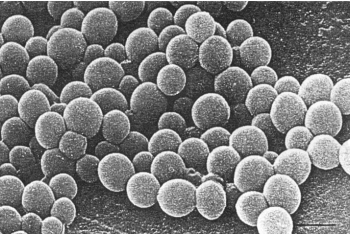 Our little friends… Saccharomyces cerevisiae. They’re actually the ones that do all the hard work of making beer. Brewers just cook them up a tasty barley tea full of natural sugars and the yeast, plus time and temperature, do the rest. Of course, there’s a lot of art in what kind of barley tea (“wort”), adjuncts, flavorings, water chemistry, yeast strain, temperature manipulation and more that let you turn this ancient crapshoot of delicious alchemy into a science.
Our little friends… Saccharomyces cerevisiae. They’re actually the ones that do all the hard work of making beer. Brewers just cook them up a tasty barley tea full of natural sugars and the yeast, plus time and temperature, do the rest. Of course, there’s a lot of art in what kind of barley tea (“wort”), adjuncts, flavorings, water chemistry, yeast strain, temperature manipulation and more that let you turn this ancient crapshoot of delicious alchemy into a science.
A Step-by-Step Guide to Brewing Beer
1. Invent agriculture, specifically, grain cultivation
- this one takes awhile. Go watch your goats and check back later?
2. Harvest, dry, and thresh grain. Pick hops.
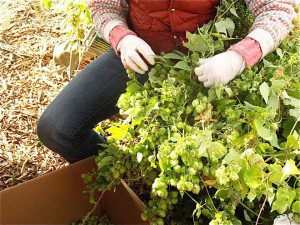
4. Malt and toast your grain
- To malt, you first moisten and sprout your grains to activate sugars and enzymes
- Toast to stop malting process and caramelize sugars- different levels of toasting will create different flavor profiles and body in the finished beer
5. Crush grain with a roller mill
- You want to crack the hulls so water can leach out the sugars while not pulverizing the grain- too fine and you will be swearing later, trust me
- Most homebrewers skip all or most of these steps. If you turn into a big ole nerd or open a brewery, you’ll want your own mill- freshly crushed grains get stale fast, and you will want to vary the crush based on the recipe. Almost no one malts their own grain, but you can if you want to try!
6. Mash
- You do the monster mash! This is the tea, as the kids say… do the kids still say that? Alas, am I Cringe? IDK. Probably.
- Anyway, add hot water to your grains to steep and get those enzymes going, converting more of the starch in the grain into fermentable sugars- this grain tea is called wort
7. Sparge
- Sparge is a fancy word for rinse- leach out all the goodness from the grains, without diluting your wort too much or leaching out too many tannins from the husks
- Check specific gravity (the density of the liquid- use a hygrometer- I’ll post an explainer later)
- Write this down in your brew notebook. You don’t have a brew notebook? Use a napkin, and then tuck it in your brew notebook. You’ll want a brew notebook. Otherwise, you will make the best beer you have ever had and have no idea how to do it again (the same advice applies when you inevitably, eventually, make the Worst Beer Ever. It happens. Learn from your mistakes and repeat your successes!)
8. Boil
- You boil the wort to concentrate and reduce the liquid, caramelize more of the sugars, and extract the flavors from the hops and any other flavorings added to the boil
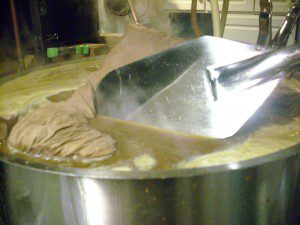
9. Chill
- (and perhaps oxygenate the wort)
- Transfer to your primary fermentation vessels.
- Check specific gravity again.
10. Pitch
- Throw a party for your fungal friends! Literally, you throw them into the party…
- Add your yeast or starter culture to the cooled wort.
11. Ferment
- Maintain temperature and check your airlocks or blow-off tubes.
- Check specific gravity and when it has stopped dropping for several days at a time, you’re done!
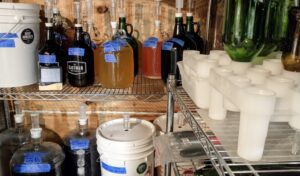
12. Rack and Package
- “Rack” or siphon the beer off the sediment in the bottom of your fermentation vessel.
- Bottle or keg and carbonate your beer.
- You can let your beer carbonate naturally by adding a bit of “priming sugar”. This small, measured dose of fermentable sugar is more food for the yeast- when they consume it, the CO2 produced will be trapped by the sealed container and make your beverage fizzy. Use too little, you have flat beer. Too much – you made hand grenades. Aaaaaa.
- Use a priming sugar calculator like this one to be safe) or skip the sugar and force carbonate (hook a keg or plastic growler to a CO2 tank and regulator or soda CO2 chargers to introduce the fizz into the beer, until you reach the desired volume of dissolved CO2).
All of The Alewyfe’s Home Brewing Recipes!
How NOT to Brew
A brew blooper reel from whoopsie doodles in the distant past… it happens! I thought YOU were watching the siphon tube… doh.
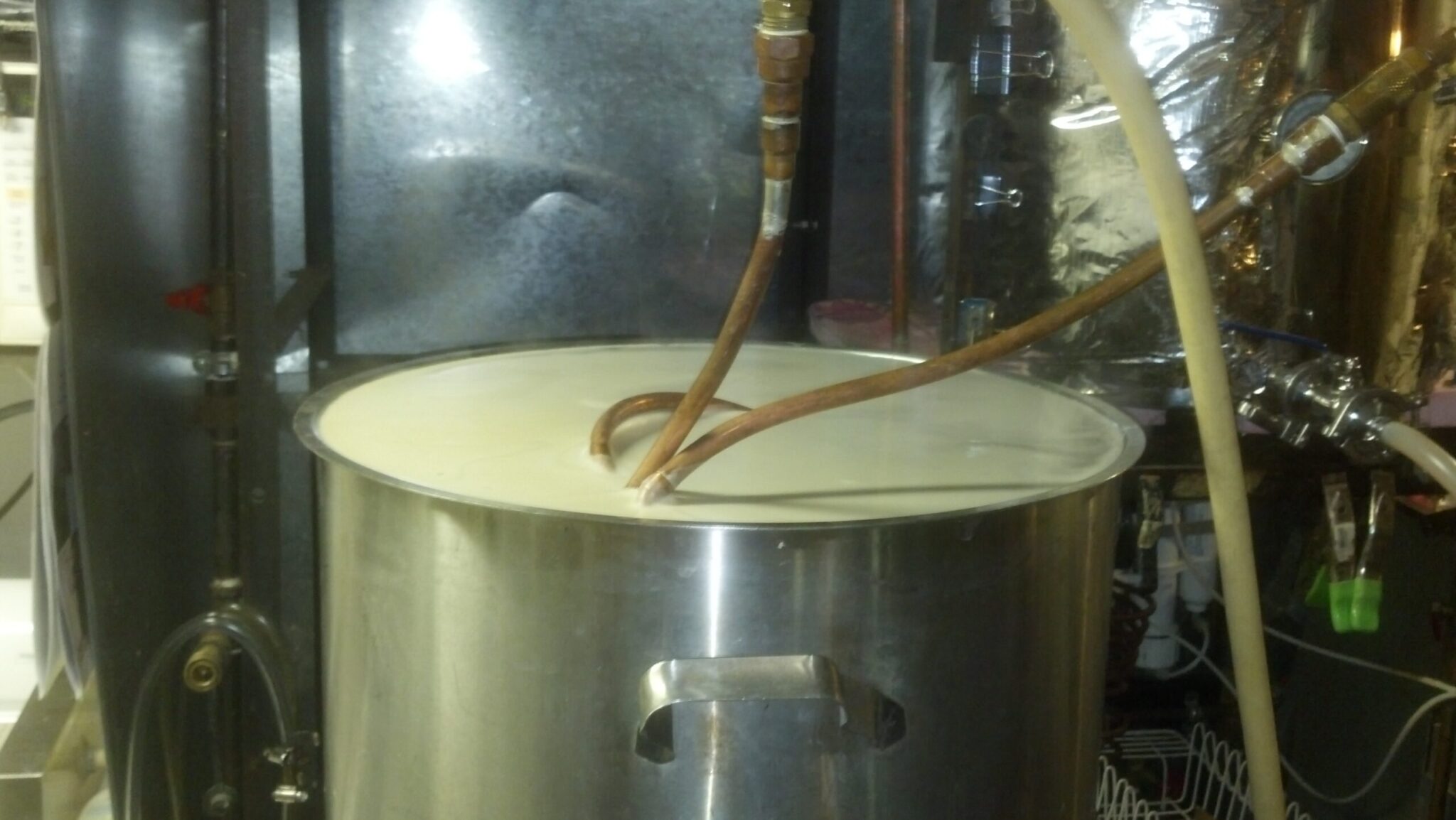
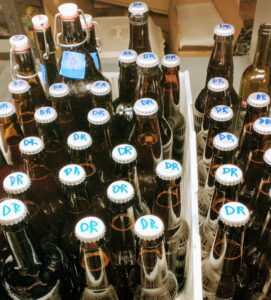
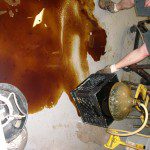
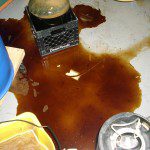
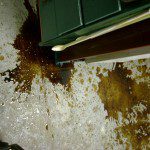
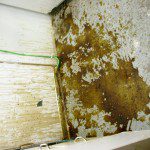


What happened?
Larry
Well, you know. Mishaps. Mayhem. Probably drinking. Truth told, those are vintage pics. We NEVER spill now. And I cannot tell a lie… that’s not true… but those were epic!